Search Images
Browse Content (p. 820)
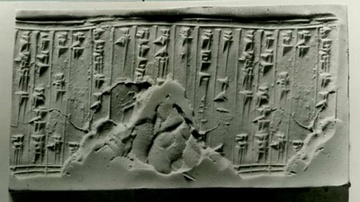
Image
Assyrian Cylinder Seal Inscribed in Cuneiform Script
Though not necessarily an Israelite object, this object was uncovered around Samaria and dates to the Iron Age II (8th century BCE). It is 3.9 cm long (The Israel Museum, Jerusalem). The image is significant because it is evidence—among other...
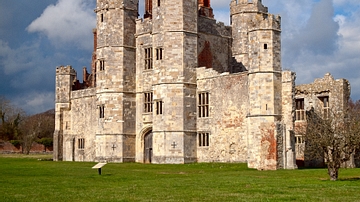
Image
Titchfield Abbey
Titchfield Abbey in Hampshire, England. The abbey was founded in 1222 CE, and was where Henry VI of England (r. 1422 to 1461 CE, 1470 to 1471 CE) married Margaret of Anjou (d. 1482 CE).
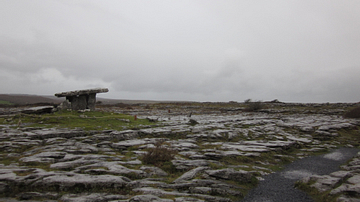
Image
Poulnabrone Dolmen and the Karst Landscape of the Burren, Ireland
The Neolithic dolmen of Poulnabrone amidst the karst landscape of the Burren, County Clare, Ireland.
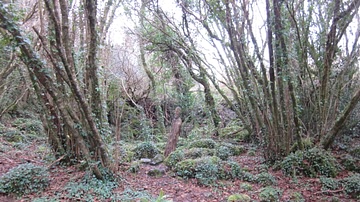
Image
Celtic Art in Woods by Ailwee Caves, County Clare, Ireland
One of the many wooden figures and other objects depicting Celtic figures or motifs in the woods surrounding Ailwee Caves, County Clare, Ireland.
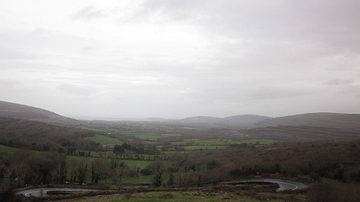
Image
The Burren, County Clare, Ireland
The Burren is the rocky high country above the village of Doolin, Ireland.
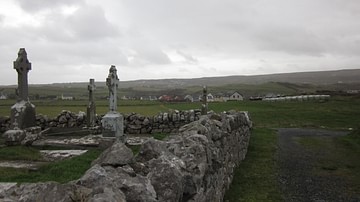
Image
Village of Doolin, Ireland, as seen from the Killilagh Church Ruins
The village of Doolin, County Clare, Ireland. Seen from the graveyard surrounding the ruins of the 1470 CE Killilagh Church. The graveyard is still in use and is tended by the people of the village who also maintain the church ruins.

Image
Killilagh Church, Doolin, Ireland
The ruins of the Killilagh Church, built 1470, Doolin, Ireland.
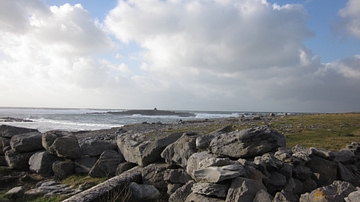
Image
Doolin Pier, County Clare, Ireland
Doolin Pier, Village of Doolin, County Clare, Ireland. From this point, ships would depart for the Aran Islands. A number of famous writers frequented Doolin and, among them, the great Irish writer John Millington Synge (best known for Playboy...
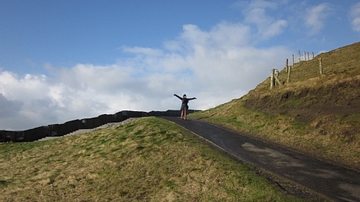
Image
Visitor to Cliffs of Moher, Ireland
Betsy Mark at Cliffs of Moher, Ireland, in January. High winds at the site are no deterrent to visitors and actually enrich the experience.
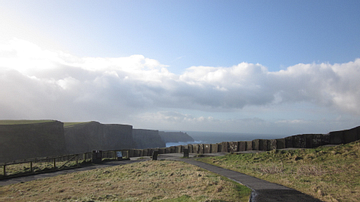
Image
The Cliffs of Moher, Ireland
The famous Cliffs of Moher, County Clare, Ireland.